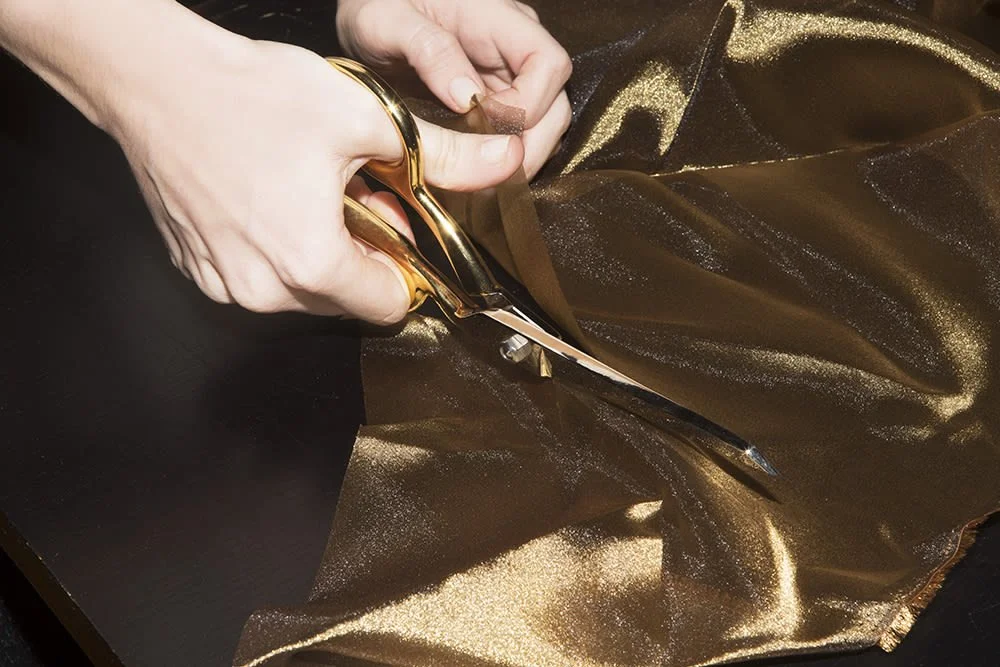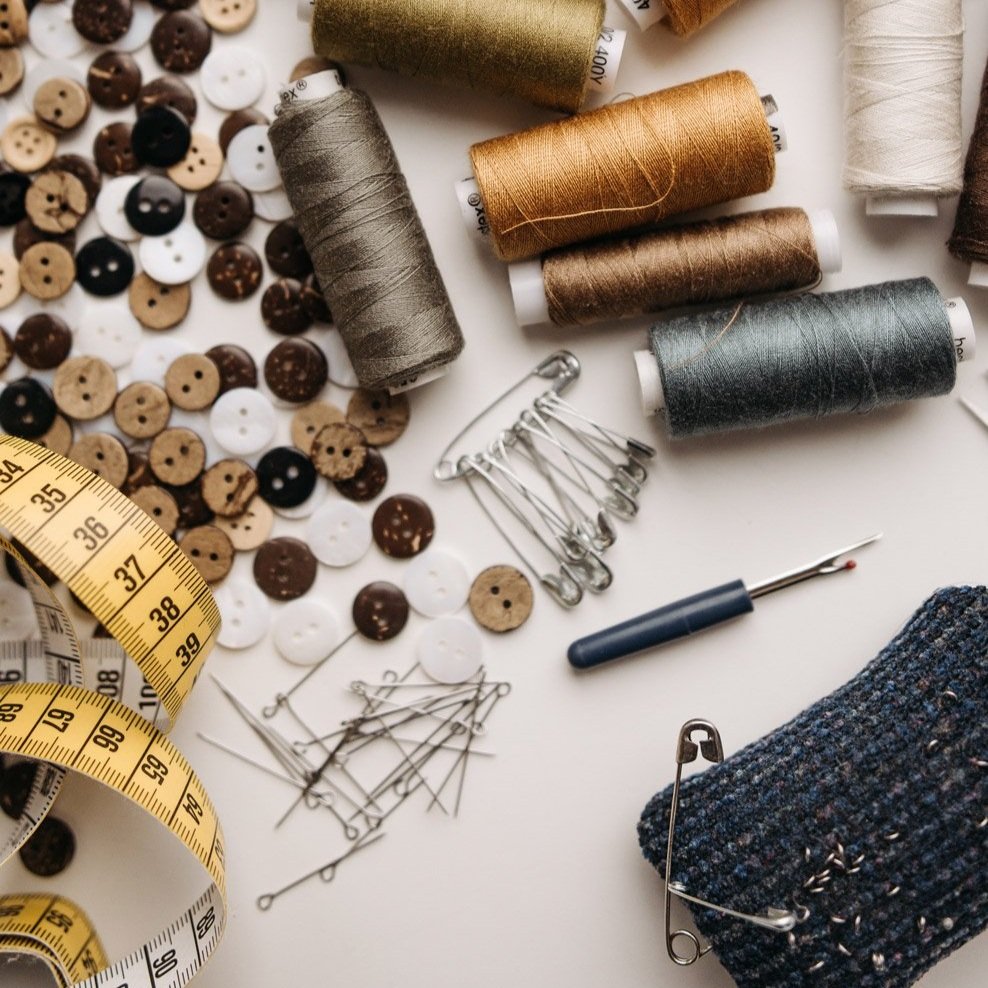Tailoring: 7 Things To Keep In Mind
It was a pleasure to answer some questions about tailoring for Into The Gloss. To read the full article click here.
7 Things to Keep in Mind
Number one
Consider a second opinion —
If one tailor tells you no, it doesn’t mean that it’s not possible,” says Katie. “It could just mean that they’re not sure how to execute the project, so don’t stop at one answer,” And while you're shopping around, “always ask for an estimate! Call a couple different shops. If someone gives you a price that you think is really high, call another shop and see what price they give you. If it’s in the same range, that's probably a fair price. Some alterations are very time consuming and most take a lot more time than people think.
number Two
Let the expert pin it —
At home, what happens is if you’re not pinning totally evenly, and you just bring something in and say, 'I pinned this myself,' many places won’t double check first. Your pinning could be off by a half-an-inch, but they’ll think, 'Oh, well, it’s a little higher in the back, for whatever reason, she wanted it that way,' you know what I mean? But you didn’t—you just pinned it yourself.
Number Three
Know what’s possible when shopping —
The way to know if something can be made bigger is to look at the seams from where the stitching ends to the extra fabric. Usually there will be another line, which is called the 'surge' line (that’s there just so the seam doesn’t fray)—that measurement is how much extra fabric there is.
Number Four
Certain materials are difficult to work with —
Basically any evening-esque fabric is hard to work with—things like silk charmeuse, anything with bead work, velvet. Another example would be leather—it’s difficult to work with because you can’t use pins because it makes a hole in the hide. So if I sewed a seam and I messed it up, I ruined it because it’s put holes in the garment. You definitely want to find a professional if you have leather piece that needs alterations.
Number Five
Decide if the work needed is worth it before you buy —
If you have a jacket that’s four sizes too big, the entire thing will have to be taken apart, and each area has to be brought in in equal amounts so that the balance of the jacket stays the same. And because it means remaking the jacket, the price of the alteration is going to be much higher. Alterations to remake something and resize it completely like that would cost about $250.
Number Six
Carefully assess vintage items —
Something can look really expensive if it’s tailored to fit your body—if you're buying vintage, look at it as an investment. But while you're shopping, notice if there are any damages and where they are located on the piece. For example, if you find this great wool jacket and there’s a moth hole in the fabric along the hem and maybe you need to have it hemmed anyway, then that’s fine, but if it’s in the middle of the front or back, there’s nothing that can be done about that. Those are kind of deal breakers. Sometimes I’ll have a creative solution, but if you find a dress that’s silk and has a tear in the arm or something, there’s nothing that can be done. Generally, don’t buy anything two sizes bigger unless it’s amazing and a crazy deal. It's going to be expensive to alter no matter what.
Number Seven
Screenshots aren’t just for your hairstylist —
If you find a dress and want to completely change the design, sketch or find photos to help get your point across. Give your tailor as much to work off of as possible. Like how if you’re getting your hair cut, it’s always better to bring an image especially if you’re going for some crazy style and then the hairdresser can say 'Oh OK, or I’m not sure if that is really going to work for your face,' or in my case that silhouette may not work for your body.





